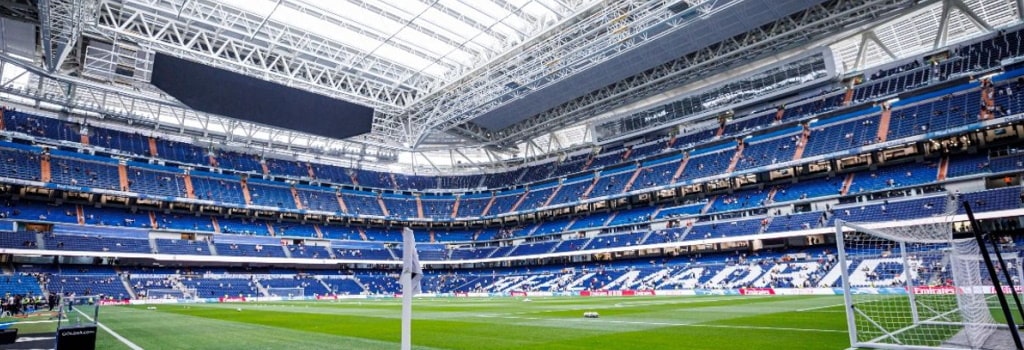

Football, also known as Soccer, is by far the most popular sport in the world. For this very reason, the number of football grounds across the world is higher than most other sports. When you attend matches at one of these venues, the management tries their best to make your experience a memorable one.
The sport is so popular that even some casino games are based on a football football theme. Fans are all for it. The research they conducted shows that many of these games are part of popular online casino promotions, making them even more attractive to recreational gamblers.
But our focus on this post is not on the casino games or the sport itself. Rather, it’s the technologies the ground management incorporates to make the viewing experience more tangible, both on-premise and on TV.
Many of you may already know this, but the grass on a football ground is not always real. Many football stadiums use artificial turf systems that incorporate advanced technology to mimic the look and feel of natural grass. These systems are designed for durability, traction and player safety, something real grass may not be able to provide.
This is particularly true for grounds in cold climates. Stadium management installs heating systems beneath the playing surface to prevent freezing and ensure the field remains playable during winter months. It’s known as under-soil heating.
Common examples of such stadiums include Anfield, Etihad, and Emirates stadiums. These are the home turfs for Liverpool F.C., Manchester City F.C., and Arsenal F.C., respectively.
Similarly, for hot climates, stadiums implement cooling systems. The newly built stadiums in Qatar for the last World Cup utilized a unique air circulation to keep the spectators as well as the players comfortable in the desert climate.
Stadiums that see a lot of rain throughout the year have advanced drainage systems to make the field ready for playing on short notice. It’s particularly important for natural grass stadiums. The primary heroes that make this technology work are the perforated drainage pipes.
These purpose-built pipes are installed beneath the playing surface. As you’d expect, they have small holes that allow water to enter and are typically arranged in a network across the field.
Above the pipes and under the turf or grass layer, a layer of aggregate materials such as gravel or crushed stone is placed. These materials facilitate water flow and help distribute water evenly to the pipes.
Often installed under the ground, DAS systems improve cellular connectivity for spectators and stadium staff. The goal is to keep the mobile network strong during games. You don’t want to miss a call from your wife when you watch a match, do you?
Sensors embedded in the ground can monitor field conditions such as temperature, moisture levels and soil composition. This data helps groundskeepers maintain the field in optimal playing conditions using the technologies we’ve already discussed.
Some unique examples of these sensors include seat occupancy sensors, crowd density sensors, sound level sensors, weather sensors and soil moisture sensors.
Apart from field and crowd management, sensors also provide real-time data and insights into various aspects of the game, including player performance, officiating and fan engagement.
For example, players wear GPS devices or vests with embedded GPS sensors that track their movements on the field. These sensors collect data on the distance covered, speed, acceleration, and positioning. The data helps coaches analyze player performance, fatigue and tactical positioning.
Then there is the goal-line technology that uses sensors on the goalposts and the ball. They use triangulation or magnetic fields to determine whether the entire ball has crossed the goal line. If a goal is scored, a signal is sent to the referee's watch, confirming the goal.
23 interesting things to do to pass the time until the football season restarts
Taking my son to his first football match was one of the best experiences I've had as a father so far. I've written this article for Alex to read when he gets older.
All good things have to come to an end, and the same unfortunately has to be said for football stadiums too. This article looks at the grounds which are soon to host their last match, the stadiums whose days are numbered and where fans will be watching their football from next.
My daughter's first ever football match - Orlando City v Atlanta United, August 2019. Written for Izzy to read when she gets old enough. Vamos Orlando
